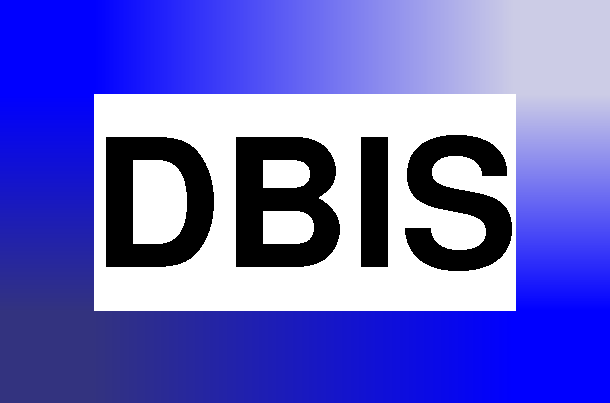International Conference on
Rules and Rule Markup Languages for the Semantic Web
(RuleML 2005),
Galway, Ireland,
Nov 10-12,
2005.
Springer LNCS 3791,
pp. 30-44.
Active Rules in the Semantic Web: Dealing with Language Heterogeneity
Wolfgang May, José Júlio Alferes, Ricardo Amador
Abstract:
In the same way as the "static" Semantic Web deals with data model
and language heterogeneity and semantics that lead to RDF and OWL,
there is language heterogeneity and the need for a semantical
account concerning Web dynamics. Thus, generic rule markup has to
bridge these discrepancies, i.e., allow for composition of
component languages, retaining their distinguished semantics and
making them accessible e.g. for reasoning about rules.
In this paper we analyze the basic concepts for a general language
for evolution and reactivity in the Semantic Web. We propose an
ontology based on the paradigm of Event-Condition-Action (ECA) rules
including an XML markup. In this framework, different languages for
events (including languages for composite events), conditions
(queries and tests) and actions (including complex actions) can be
composed to define high-level rules for describing behavior in the
Semantic Web.
[Slides (pdf)]
An extended talk about the framework can be found
[here (pdf)]
The paper is a "sibling" to
An Ontology- and
Resources-Based Approach to Evolution and Reactivity in the Semantic Web
(ODBASE 2005)
:
The ODBASE paper investigates the ontology of active rules and their components,
especially events and proposes an architecture how autonomous services that
support different aspects (languages, application domains) of this ontology
can cooperate for the Semantic Web.
The RuleML paper focuses on the markup of rules and their components according
to that ontology, being more concrete on the internal markup of the components
from the language structure's point of view. There, also the semantics and
information flow between the rule components is described.
A preliminary version appeared in the
PPSWR workshop paper.
This research is supported by the EU FP6 Network of Excellence

|


